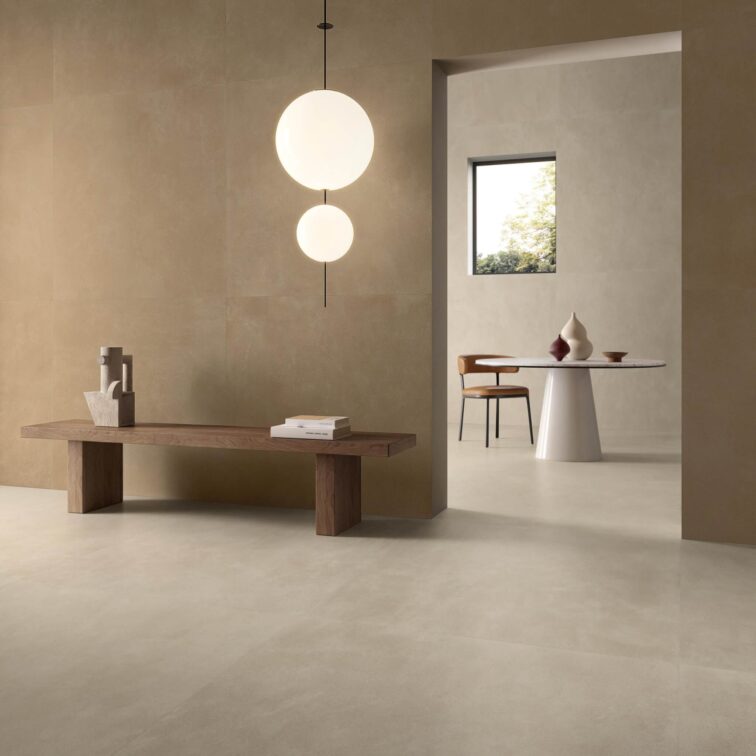Tile House: 6 Ways To Study Your Tiles
Consider the material, size, shape, and variations of your tiles before you make the final decision. The expert team from the Tile House is at hand to help take us through all the possibilities with 6 ways to study your tiles…
Materials
As the tile is made of all-natural stone or marble, it is likely that the design will be repeated in the future. Most tiles are covered by a 10-year guarantee, but some may differ due to variations in faces.
Faces
The number of tiles on a basic tile varies from 1 to more than 30 on quality ranges. Less faces on a tile will be patterned repeatedly; this will result in an artificial appearance.
Variations
As a result, there is very little variation between tiles, and they would appear very similar to the sample you saw in the store or in a magazine.
There are 4 ratings for variation:
V1- Uniform – the minimal difference.
V2 – Slight – Different in texture/ pattern
V3 – Moderate – number of colours, not different.
V4 – Substantial – random colour from tile to tile, many do not differ greatly between pieces.
Size
In order to make use of the size correctly, it is very important to know the true size or the normal size. The nominal size shows the exact size, for instance, 600×600, whereas the true size is 598×598, therefore the product sizes vary because of the match to standard sizes.
Edges
Rectified tiles are machined to the exact size, while cushion edge tiles are sorted into matching true sizes, which are usually 5mm +/- with up to a 1mm difference. Cushion edge tiles are sorted into matching true sizes. As a result of the grout joint being smaller, there is only a small amount of variation on the edges. If the surface is not leveled when it’s laid on top, the height of the rectified tiles will be exacerbated.
Batch
There are three types of batches, tone, and calibration. The tone is the colour, while the calibration is the thickness of the tile. It is best to have the same batch for your job, mixing batches would be too obvious. Furthermore, it is recommended that you keep some extra tiles in case of breakage so that you have some stock from the same batch.
For more information, you can contact Tile House.
You might also like...
-
COMO Introduces Bonsai Herringbone Vinyl Flooring

Introducing the latest COMO Bonsai Herringbone vinyl flooring—where timeless elegance meets modern durability. Wondering what sets this flooring apart? Allow us to elaborate. Picture this: ...
-
WOMAG: From Bland Walls To Wow Features

When it comes to the design of your interior walls, it’s time to think outside of the box. Tiles are a wonderfully versatile option, but ...
-
Union Tiles: Get A Unique Look with Rustic Subway Tiles

Rustic subway tiles have become a prominent interior design trend, combining the timeless appeal of subway tiles with the warmth and character of rustic aesthetics. ...
-
Castrowood: 5 ADVANTAGES OF WOOD FLOORING

Is there anything more elegant, durable and functional than wood flooring? We think not. With so many great benefits, Castrowood offers beautiful wood floors to ...




























